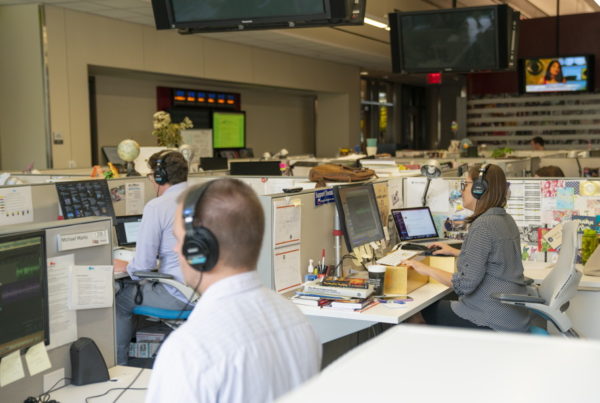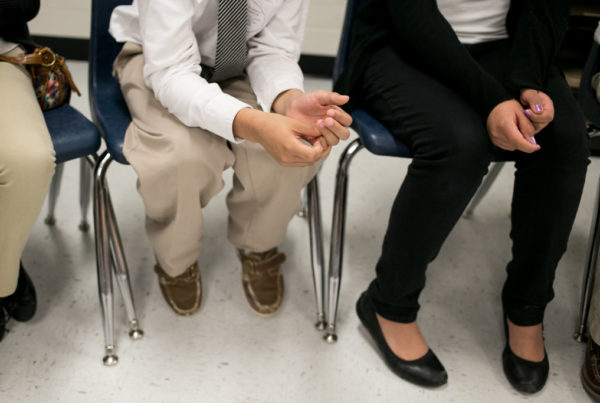From KUT:
The Arctic is warming faster than any other place on Earth. Twice as fast.
That’s not easy to grasp when you’re thousands of miles away. But over the summer, one Austin high school teacher went to see it firsthand.
David Walker, a science teacher at the Liberal Arts and Science Academy, worked alongside scientists studying the effects of climate change in that remote part of the world. The trip was part of a program called PolarTREC, which connects educators with field researchers to help inform the public about the work being done in the Arctic and Antarctic.
“One of the toughest things about climate change is it’s not immediate and tangible unless you’re sitting there in the Arctic,” Walker says.
But over the course of a month while staying at the Toolik Field Station, he saw how climate change is affecting the landscape in the Arctic.
One of the main focuses of his trip was learning about the role melting permafrost plays.
“An increase in temperature of [1 degree Fahrenheit] equates to around a million square miles of permafrost thaw,” Walker says. “When permafrost thaws, it releases a ton of carbon that’s been previously locked up. Locked within the permafrost at the Arctic is [1.6 trillion metric] tons of carbon — which is over double the amount of carbon in the atmosphere. And so all this is a huge carbon reservoir.”
With Arctic temperatures rising, that carbon reservoir is melting. That carbon is transformed into carbon dioxide when it’s exposed to sun and microbes, speeding up the warming.
“So they call this a positive feedback loop because more carbon … yields more carbon dioxide in the atmosphere, which yields more global warming, [which] yields more permafrost loss,” he says, “and it keeps cycling like that.”
Walker kept an audio diary of his time in the Arctic for KUT in Austin. Listen in the player above, and read more here.

















